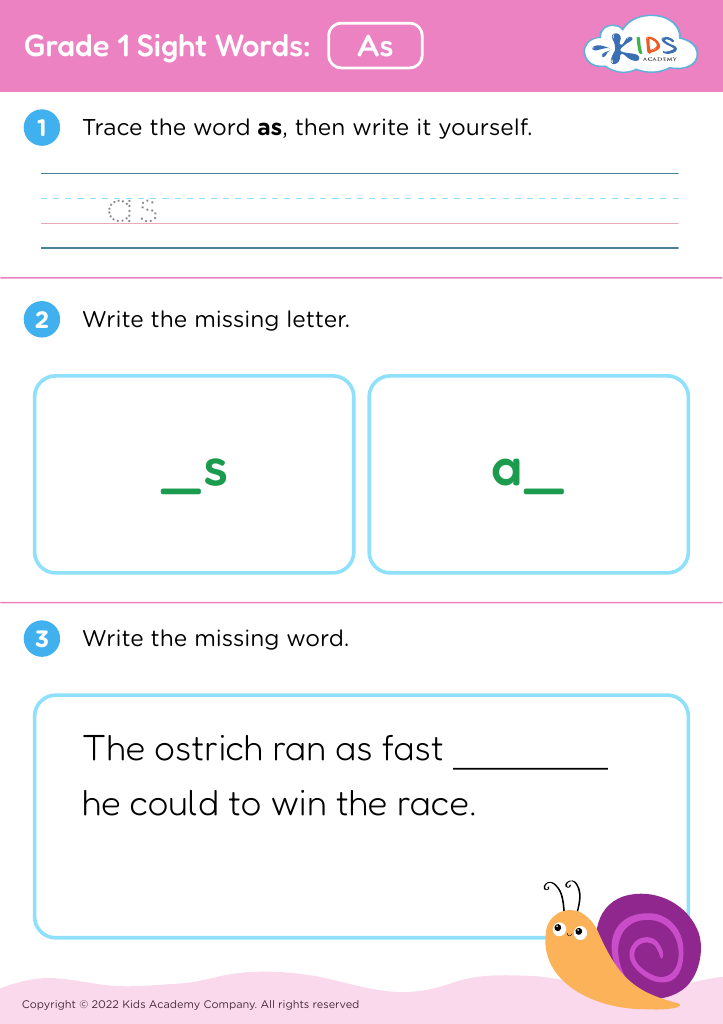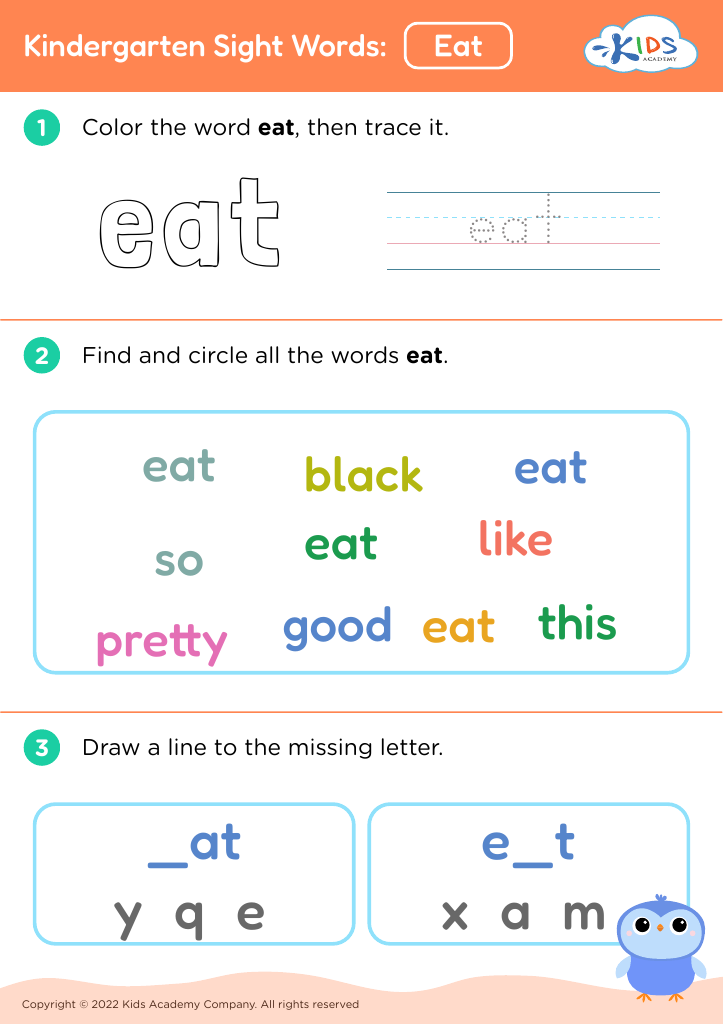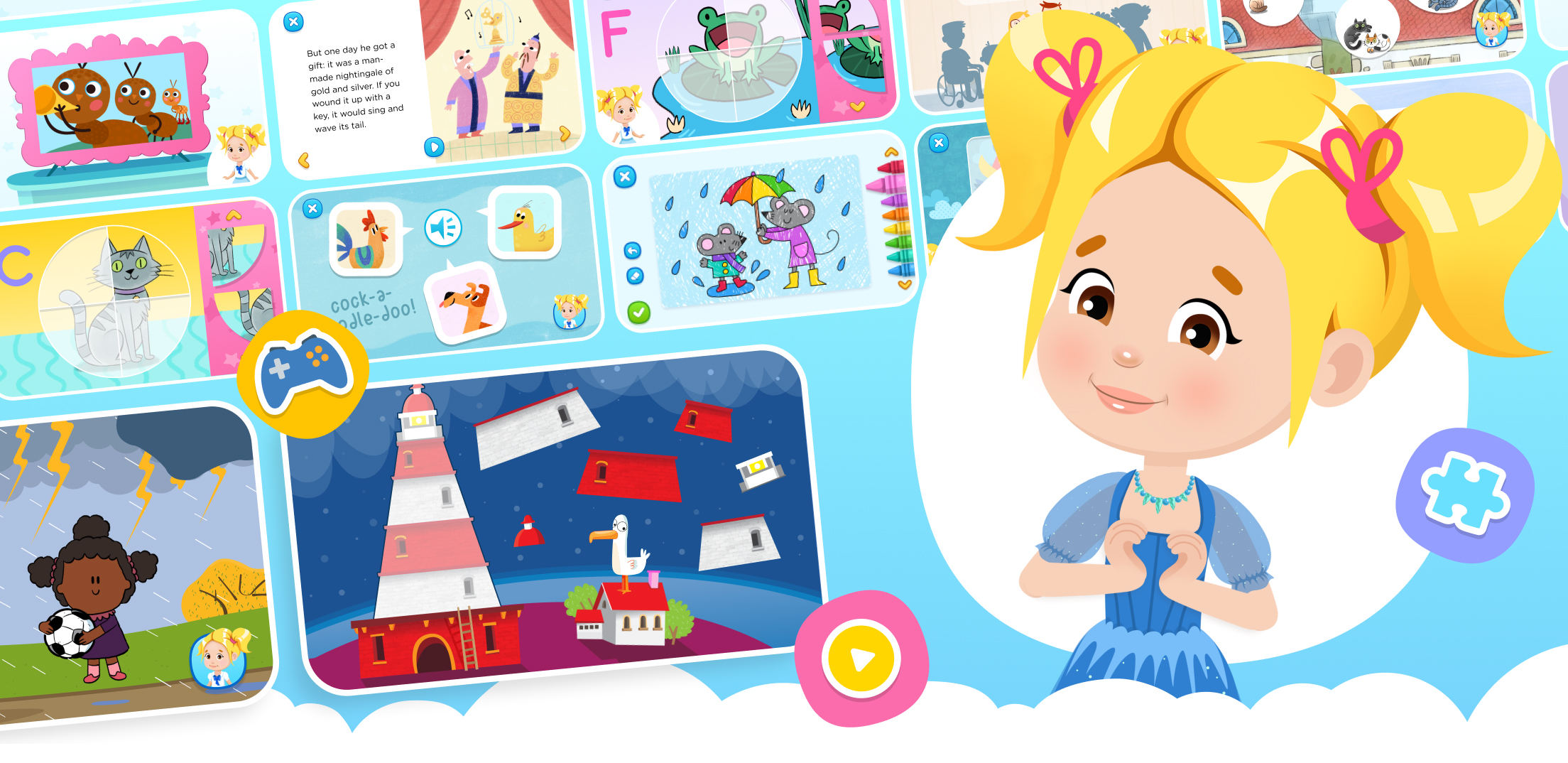Shape identification Reading Worksheets for Ages 3-6
5 filtered results
-
From - To
Explore our engaging Shape Identification Reading Worksheets designed specifically for children ages 3-6! These worksheets aim to enhance early literacy skills while introducing geometric shapes in a fun and interactive way. Ideal for preschoolers and kindergarteners, each activity encourages shape recognition and vocabulary development through vibrant visuals and creative exercises. Kids will love distinguishing between circles, squares, triangles, and more as they practice reading and comprehension. These worksheets not only promote educational growth but also support fine motor skills as children practice tracing and coloring. Perfect for at-home learning or classroom activities, these resources make learning about shapes both enjoyable and educational!


Which Doesn't Belong? Worksheet
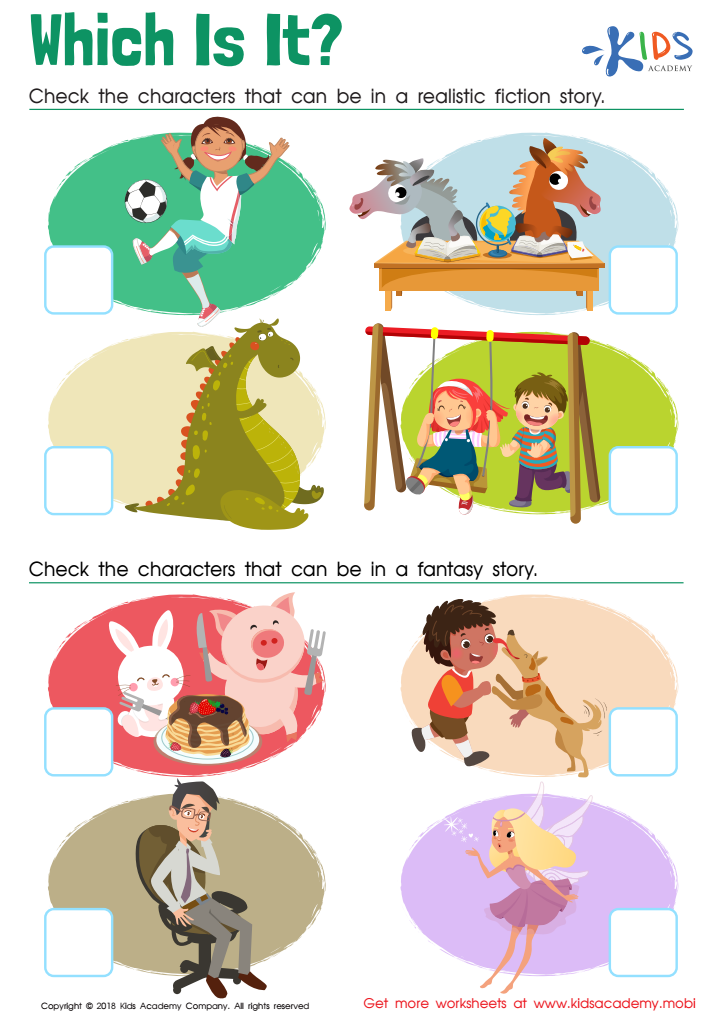

Which Is It? Worksheet
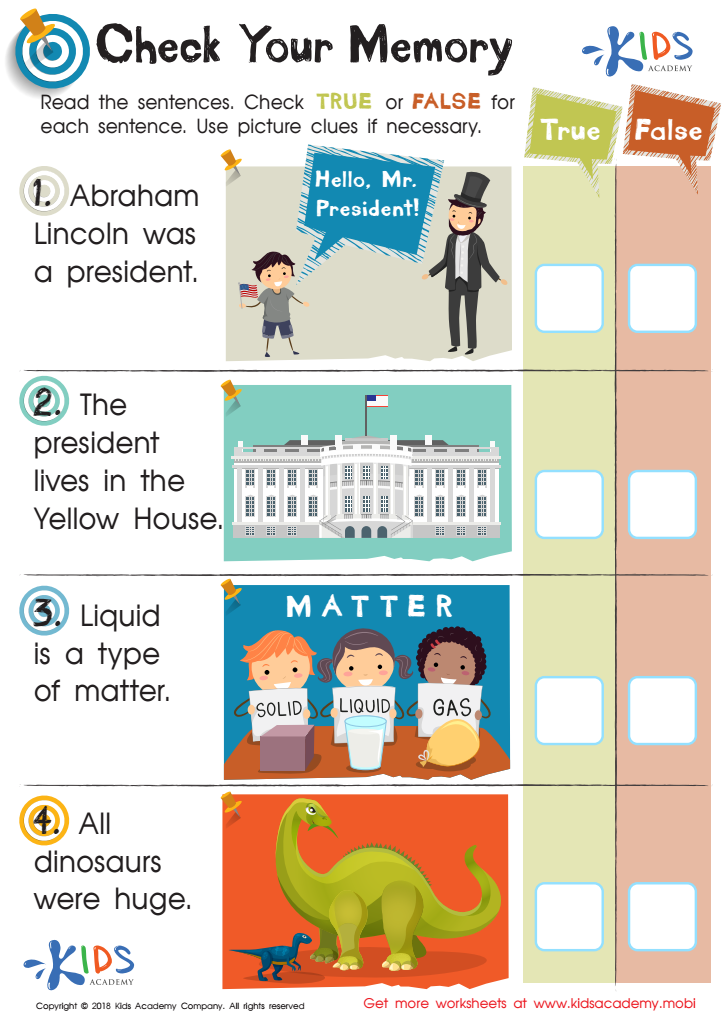

Check Memory Worksheet
Shape identification is a fundamental aspect of early childhood education that plays a crucial role in cognitive development for children aged 3-6. Understanding shapes lays the foundation for various skills, including mathematical reasoning, spatial awareness, and even literacy. When parents and teachers engage children in shape identification, they help them recognize patterns and categorize objects, which can enhance problem-solving abilities.
Moreover, shapes serve as a precursor to learning numbers and more complex mathematical concepts. By identifying shapes, children start to grasp concepts like symmetry, area, and volume, which are vital as they progress academically. Socially and emotionally, discussions about shapes can promote language development, giving children the vocabulary needed to describe their world, express ideas, and communicate with peers and adults.
Additionally, incorporating shape identification through playful activities can drive motivation and engagement, making learning enjoyable. At this age, children learn best through exploration, so hands-on experiences with shapes—like puzzles, crafts, or games—engage their natural curiosity.
In summary, by prioritizing shape identification, parents and teachers provide children with essential skills that serve as building blocks for future learning, while also fostering creativity, critical thinking, and effective communication.
 Assign to My Students
Assign to My Students

